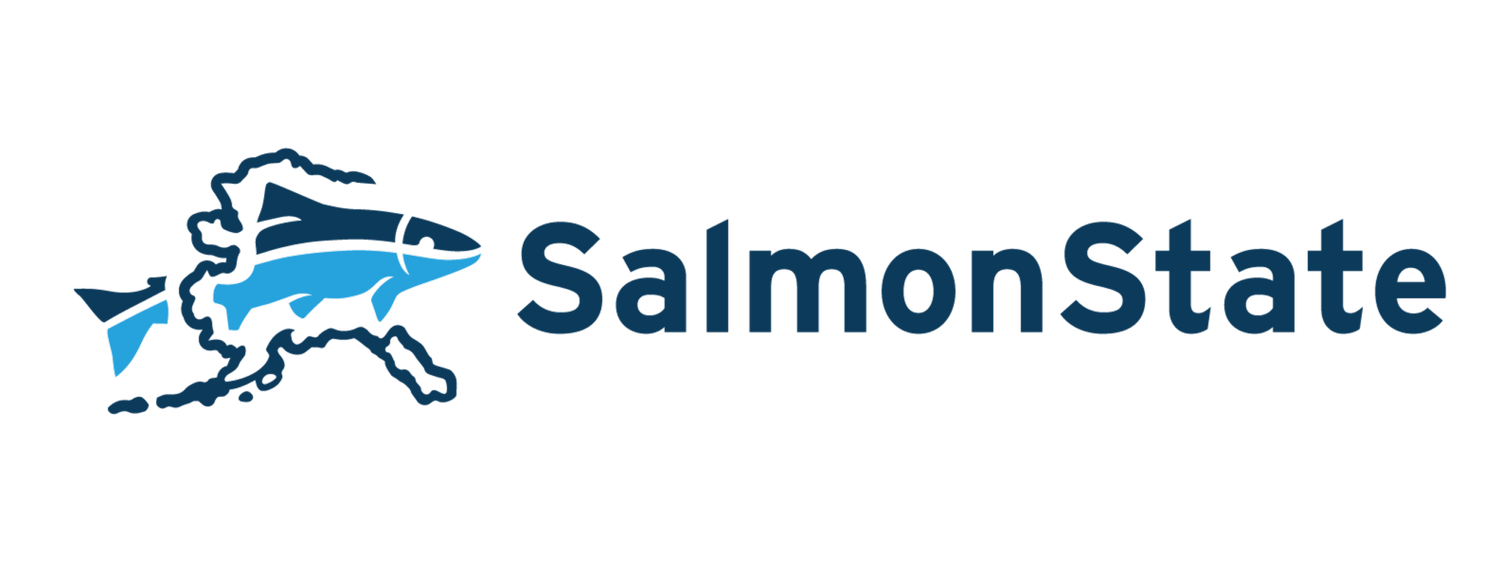Trixie Bennett
“I come from a family of nine children. Our life pretty much revolved around salmon, because we commercial fished. Growing up, we didn’t have a car, but when we got older and my dad wasn’t fishing, we would drive around in my car and look at all the fish in the different creeks between Ketchikan and Wrangell, wherever we’d go.
Everyone was happy when the salmon came back. Everybody. From the time I was little, we’d be looking for fish. When I was young, there were lots of salmon returning all the time. All the creeks were full. You could see jumps in front of Wrangell.
In the summer, my dad would take a break at some point and take us all over in the boat to Mill Creek and Virginia Lake, and there was big fish spawn there all the time. He would get fish and we would be playing in the creeks, and hike up to the lake. And we’d go to Anan Bay and go see the fish spawning there, and the bears. That was the highlight of every year. And when people came to visit, that is what we would do — show them fish, and cook and eat it together. That’s what we always do, right? We want our fish, and we want to share it with people. And that’s how I was raised.
Lately, it’s been harder to get fish. I didn’t have my dad anymore, and then I looked around and noticed lots of people are having a harder time getting fish.
Then I got involved with KIC (Ketchikan Indian Community), and groups like Salmon Beyond Borders and SEITC (Southeast Alaska Indigenous Transboundary Commission), and I went to different classes around mining for the Tribe trying to figure out what is happening with fish, and why there are less and less returning, and why it seemed like it was mostly hatchery fish around here.
That’s when I started paying more attention to the rivers.”
–Trixie Bennett, vice president, Ketchikan Indian Community
Read more of Trixie's stories and statements:

